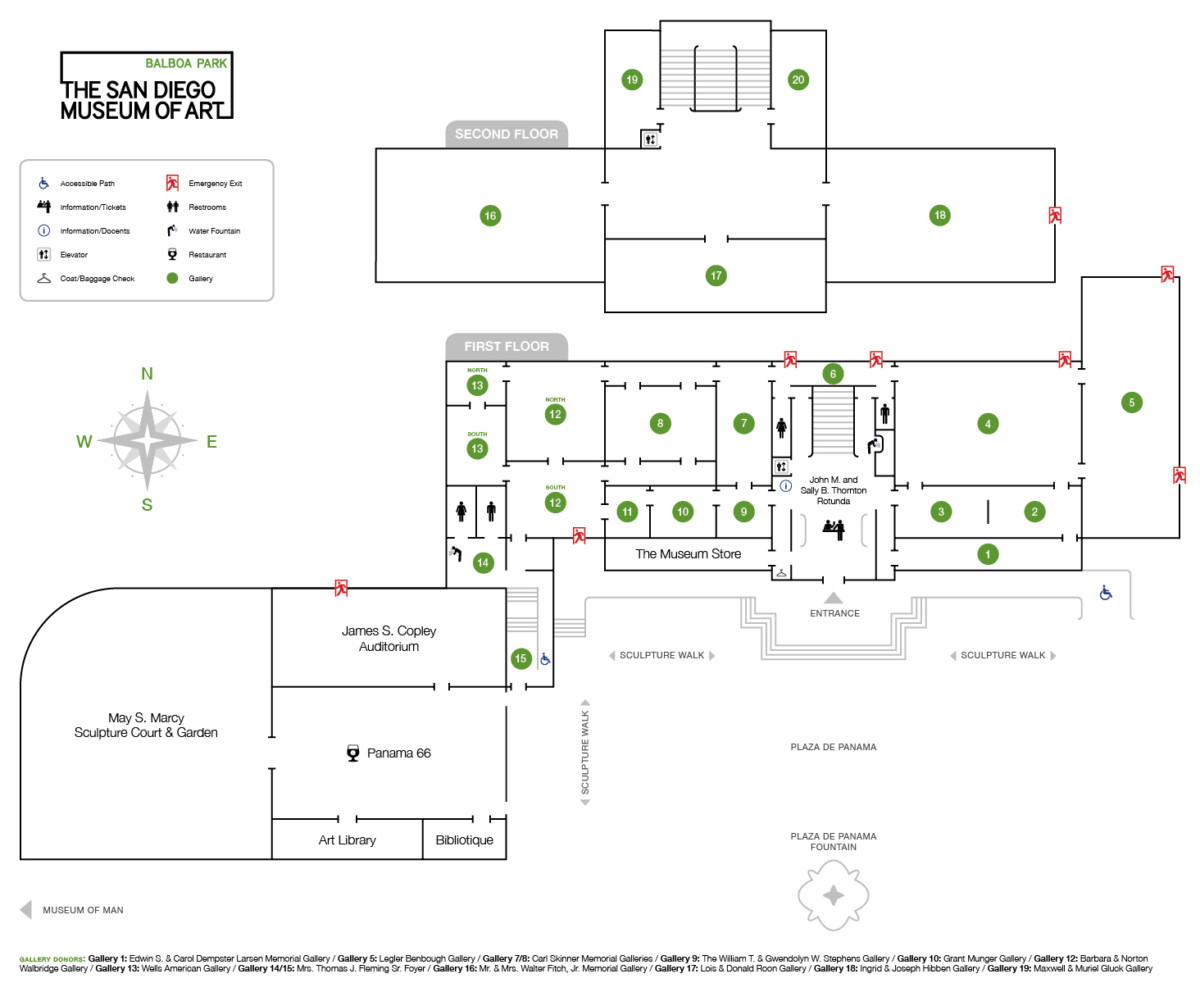Located off the northern coast of Australia, Papua New Guinea occupies the eastern half of New Guinea, the second largest island in the world. It is a country of abounding variety, in both its geography and culture. A wide range of unique flora and fauna populate landscapes that include coastal swamps, dense jungles, and a rugged mountainous interior. As one of the world’s most culturally diverse nations, Papua New Guinea is home to hundreds of distinct and complex societies, each with its own language, beliefs, and artistic traditions.
Historically, the works created in this region are inextricably linked to a variety of religious beliefs and cultural values. Elaborate costumes and carefully crafted masks have played a key role in ritual performances and ceremonies marking important rites of passage. Mask-like faces also appear on canoe-prow shields and house gables, which when properly maintained and venerated are thought to channel protective powers from benevolent spirits. Even utilitarian objects, such as suspension hooks used to keep perishables out of the reach of rodents and other pests, may be carved into forms with spiritual significance to ensure the safety of the goods they contain. Often constructed from fragile, perishable materials, extant works of the age and quality of the objects presented here are rare. Some objects, such as the malagan funerary objects from New Ireland that were burned or left to decay in the jungle after serving their ceremonial function, were intentionally ephemeral–unless purchased or otherwise acquired by Western collectors.
These works are part of a larger collection from Valerie Franklin on long-term loan to the Museum, richly illustrating the diversity of the arts of Oceania from the 18th to the 20th century. The collection was started by Franklin’s father, Harry A. Franklin (1903-1983), who was one of the first collectors on the West Coast to devote himself to the arts of Oceania.


